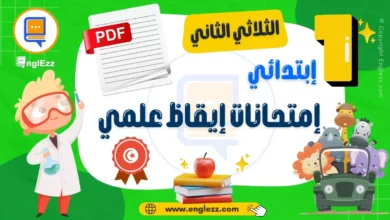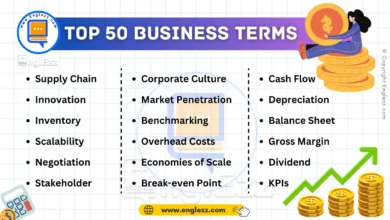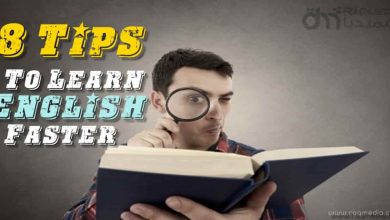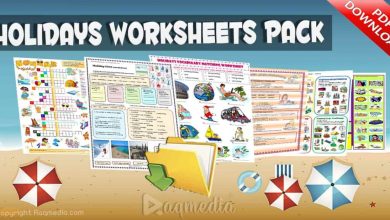In the realm of language education, the art of questioning emerges as a transformative force, propelling learners towards deeper realms of understanding and inquiry. The strategic utilization of questions in instructional settings not only serves as a conduit for disseminating knowledge but also plays a pivotal role in nurturing essential cognitive faculties. By prompting students to critically analyze linguistic constructs through tailored questions, educators cultivate a fertile ground where curiosity thrives and critical reasoning blossoms.
This symbiotic relationship between questioning and intellectual development underscores the profound impact that intentional inquiry can have on shaping proficient language users equipped with robust analytical skills.
Table of Contents
- Developing Curiosity and Critical Analysis in Language Learning
- Understanding Questioning Techniques
- Fostering a Culture of Curiosity
- Embracing Inquiry-Based Learning
- Enhancing Student Engagement Through Questioning
- Evaluating the Impact of Questioning Strategies
- Mastering the Art of Questioning to Unleash Linguistic Potential
- Conclusion:
- FAQs: Frequently Asked Questions About The Topic
- Q: What are some practical ways to integrate questioning techniques into daily language lessons?
- Q: How can educators assess the effectiveness of their questioning strategies?
- Q: Can digital tools aid in fostering curiosity through questioning in language instruction?
- Q: Does age play a significant role in how students respond to questioning techniques?
- Q: Are there any ethical considerations when employing probing questions in language instruction?
Developing Curiosity and Critical Analysis in Language Learning
At the core of language learning lies an intricate dance between curiosity and cognitive engagement, harmonizing to unravel the complexities woven within linguistic systems. The narrative arc of language instruction intertwined with inquisitive threads mirrors an odyssey marked by perpetual discovery and intellectual growth. As students navigate linguistic landscapes emboldened by their innate thirst for knowledge, the interplay between curiosity-driven exploration and structured questioning techniques converges to sculpt individuals poised at the cusp of linguistic prowess.
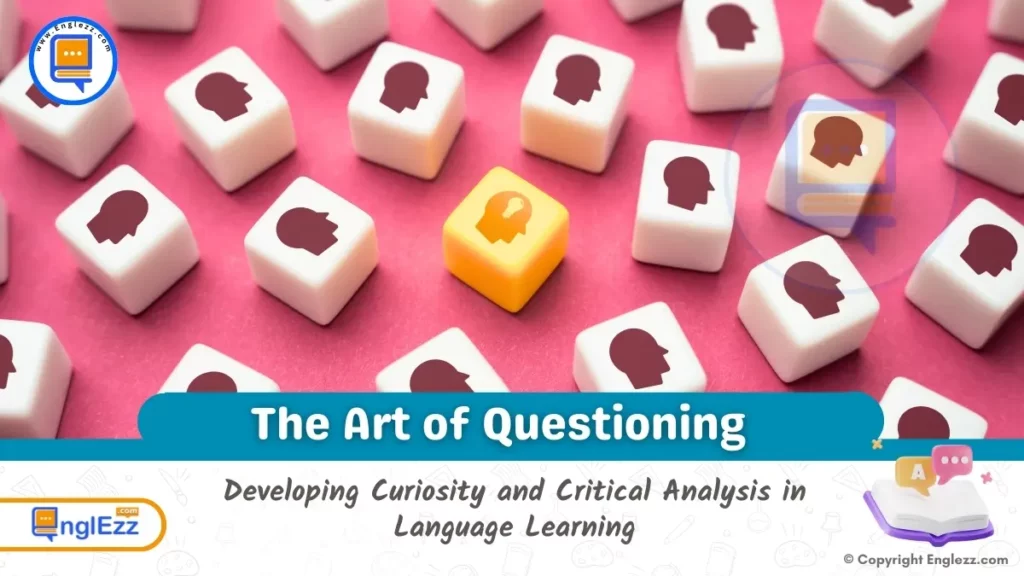
Anchored in the tenets of inquiry-based pedagogy, this melange of curiosity-fueled quests for understanding propels learners towards an enriched tapestry of linguistic proficiency, ultimately heralding a new era in language education where questioning serves as both compass and catalyst for unleashing untapped linguistic potential.
By embarking on this reflective journey that traverses the nexus of questioning, curiosity, and cognition in language learning, educators stand poised to shepherd students towards a horizon teeming with possibilities where the artistry of language unfolds through nuanced interrogation and thoughtful reflection. Join us as we dive into the intricacies behind mastering the art of questioning to unlock linguistic treasures waiting to be unearthed within each learner’s cognitive landscape.
Understanding Questioning Techniques
In the realm of language instruction, diverse questioning techniques play a pivotal role in guiding students towards a deeper comprehension of linguistic structures and cultural nuances. When educators employ various types of questions such as closed-ended queries that require specific answers, open-ended prompts that encourage elaboration, or probing inquiries that prompt reflection, they create an interactive learning environment that stimulates active engagement. By strategically blending these question types throughout lessons, instructors can scaffold knowledge acquisition and foster critical analysis in language learners.
Effective questioning serves as a cognitive tool that not only gauges students’ understanding but also propels them to delve beneath the surface of language concepts. Through well-crafted questions, instructors can challenge learners to connect ideas across different contexts, evaluate information critically, and articulate their thoughts cohesively.
- For instance, by posing open-ended questions like “How might cultural differences influence communication styles?” educators can spark discussions that prompt students to explore the intricate interplay between language and culture, fostering a comprehensive understanding of sociolinguistic dynamics.
Crafting thought-provoking questions demands careful consideration of language proficiency levels and learning objectives while aiming to nurture analytical thinking skills. Educators can enhance students’ cognitive flexibility by designing questions that require them to compare and contrast linguistic structures or predict communication outcomes based on specific scenarios. By constructing queries that encourage speculation and independent reasoning, instructors empower learners to approach language learning as an intellectual inquiry rather than a mere memorization exercise.
Surely, through the artful application of questioning strategies tailored to address diverse educational needs, educators can equip students with the tools necessary for unlocking their linguistic potential and cultivating a deep appreciation for the intricacies of language.
Fostering a Culture of Curiosity
Creating a culture of curiosity within the language classroom is fundamental to developing students’ inquisitiveness and critical thinking skills. Educators can nurture this environment by designing learning experiences that encourage exploration and questioning. For instance, incorporating real-world language tasks, such as role-playing scenarios or debates, prompts students to engage actively with the language and fosters their curiosity to communicate effectively. By immersing students in authentic language contexts, educators can stimulate their natural curiosity to inquire about different linguistic nuances.
Modeling curiosity as an educator plays a crucial role in inspiring students to delve deeper into their language learning journey. When teachers demonstrate a genuine interest in exploring new words, phrases, or cultural aspects related to the languages being studied, it motivates students to adopt a similar attitude towards linguistic exploration.
Encouraging questions and valuing diverse perspectives create a safe space where students feel supported in their quest for knowledge. Through active engagement with curious inquiries from learners, educators reinforce the idea that questioning is an essential component of mastering a language rather than merely memorizing vocabulary and grammar rules.Incorporating activities and exercises that promote curiosity within the language classroom can significantly enhance students’ learning experiences.
- For example, open-ended discussion sessions on thought-provoking topics relevant to student interests not only stimulate critical thinking but also fuel curiosity-driven investigations into linguistic subtleties.
Additionally, project-based tasks that require students to conduct research or present findings ignite their curiosity to explore different aspects of language usage beyond the confines of traditional textbook exercises. By providing opportunities for creative expression through writing prompts or multimedia projects, educators empower students to channel their natural curiosity into developing comprehensive language skills.
Embracing Inquiry-Based Learning
Inquiry-based learning in language education is a pedagogical approach that centers on students’ exploration and investigation to construct knowledge actively. By encouraging learners to ask questions, seek answers, and engage in authentic problem-solving scenarios, this methodology promotes deeper understanding and retention of language concepts. Rather than passively receiving information from instructors, students become active participants in their learning journey.
- For instance, in a Spanish class, instead of merely memorizing grammar rules, students could be tasked with researching how those rules apply in real-world conversations or texts, fostering a more meaningful connection to the language.
Incorporating inquiry-driven approaches into language instruction empowers students to take ownership of their learning process. When learners are encouraged to pose questions and pursue answers independently or collaboratively, they develop critical thinking skills essential for linguistic mastery. For example, in an English class focused on literature analysis, students might investigate how cultural contexts influence authors’ use of language through research projects and group discussions. This autonomy nurtures curiosity and self-directed learning habits crucial for ongoing linguistic development beyond the classroom.
The benefits of hands-on exploration and discovery through questioning techniques are manifold in language acquisition. By engaging learners in activities that require them to inquire about linguistic patterns, cultural nuances, or pragmatic usage within authentic contexts, educators can enhance students’ language proficiency significantly.
- For instance, incorporating role-playing exercises where students must ask and respond to inquiries mimics real-life conversational dynamics and sharpens both linguistic abilities and interpersonal communication skills simultaneously.
This dynamic approach not only makes learning more enjoyable but also reinforces a practical application of acquired language skills outside academic settings.
Enhancing Student Engagement Through Questioning
Effective questioning in language learning environments serves as a catalyst for enhancing student engagement by prompting active participation and fostering a deeper connection to the subject matter. By structuring questions that stimulate critical thinking and encourage students to articulate their thoughts, educators can create a dynamic classroom atmosphere that cultivates curiosity and intellectual curiosity.
- For instance, rather than asking simple yes-or-no questions about vocabulary, instructors can pose open-ended inquiries that require students to provide explanations or examples, sparking meaningful discussions and promoting higher-order thinking skills.
To further elevate student engagement levels, integrating collaborative question-and-answer sessions into lessons can prove beneficial. By organizing group activities where students work together to solve linguistic puzzles or analyze authentic language texts through guided questioning, educators can promote teamwork, communication skills, and a shared sense of achievement among learners.
Collaborative question-and-answer formats not only enhance social interaction in the classroom but also allow students to benefit from diverse perspectives and collective problem-solving approaches when navigating complex linguistic challenges.
Leveraging technology tools presents another avenue for enriching student engagement through interactive questioning activities in language instruction. Platforms such as online forums, interactive quizzes, or virtual classrooms offer opportunities for gamified learning experiences that motivate students to actively participate in language-related tasks.
By incorporating multimedia elements like audio recordings or video clips into questioning exercises, educators can cater to different learning styles and create immersive environments where language acquisition is not only educational but also enjoyable. Ultimately, embracing technology-enhanced questioning techniques can inspire students to explore language concepts independently while receiving immediate feedback tailored to their individual progress.
Evaluating the Impact of Questioning Strategies
Assessing the efficacy of questioning techniques in language learning is essential for educators seeking to optimize student outcomes. Methodologies for evaluation can range from qualitative observations during class interactions to more quantitative measures such as pre- and post-assessment scores.
- For instance, conducting post-lesson reflections where students analyze how specific questions influenced their understanding can provide valuable insights into the effectiveness of different questioning styles.
Additionally, tracking student performance on assignments that require critical thinking skills honed through questioning can serve as tangible indicators of progress.
Scholarly works have increasingly emphasized the correlation between effective questioning and improved critical thinking abilities in language learners. Research studies by Cheng and Good (2017) highlight how open-ended questions stimulate higher-order thinking skills and encourage students to delve deeper into linguistic nuances, ultimately enhancing their overall language proficiency. By engaging students in reflective discussions prompted by thought-provoking queries, instructors not only facilitate a deeper grasp of language concepts but also instill a habit of analytical reasoning crucial for academic and real-world success.
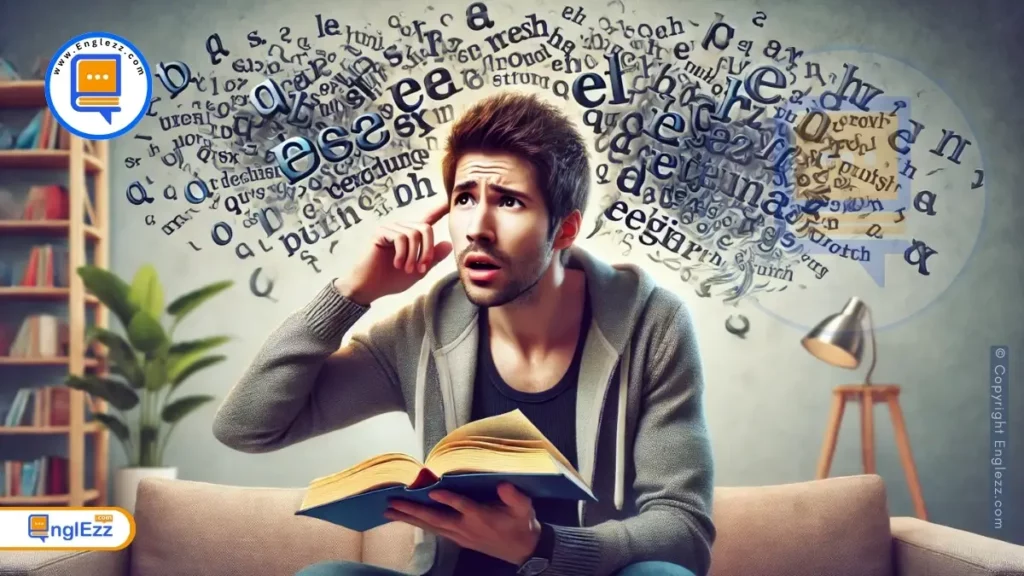
In conclusion, mastering the art of questioning in language instruction proves instrumental in unleashing linguistic potential among learners. By strategically evaluating the impact of various question types on student comprehension and critical thinking capabilities, educators can refine their pedagogical approaches to maximize learning outcomes. Through a systematic assessment of questioning strategies backed by empirical research supporting their cognitive benefits, both educators and learners can embark on a journey towards heightened curiosity, enhanced linguistic analysis, and ultimately, mastery of the target language.
Mastering the Art of Questioning to Unleash Linguistic Potential
In closing, the meticulous exploration of questioning as an art form within language instruction reveals its profound impact on nurturing curiosity and honing critical thinking skills in students. By delving into various questioning techniques, educators can empower learners to engage deeply with language concepts, fostering a culture of inquiry that propels linguistic development.
Recognizing the pivotal role of curiosity in driving learning, instructors must model inquisitiveness to inspire active student participation. Embracing inquiry-based approaches not only allows students to take ownership of their educational journey but also facilitates hands-on exploration that enhances language acquisition.
Conclusion:
As we conclude this discourse on questioning strategies, it becomes evident that questioning stands at the nexus of pedagogy and cognitive development within language education. By adopting purposeful questioning practices and cultivating an environment rich in curiosity, educators can create transformative learning experiences for students. The proficient use of questions acts as a catalyst for unleashing linguistic potential, encouraging learners to navigate the intricate landscape of language with analytical prowess and intellectual agility.
Ultimately, mastering the art of questioning transcends mere interaction; it constitutes a fundamental pillar upon which the edifice of language proficiency and critical analysis stands—a testament to its significance in empowering individuals on their journey towards multilingual competence.
FAQs: Frequently Asked Questions About The Topic
Q: What are some practical ways to integrate questioning techniques into daily language lessons?
A: Incorporate a variety of question types (closed-ended, open-ended, probing) strategically throughout lessons to stimulate critical thinking.
Q: How can educators assess the effectiveness of their questioning strategies?
A: Utilize student feedback mechanisms, observation tools, or even formal assessments tailored to evaluate the impact of questioning on learning outcomes.
Q: Can digital tools aid in fostering curiosity through questioning in language instruction?
A: Yes, interactive platforms and technology-enabled activities offer engaging avenues for students to explore linguistic concepts through inquiry-driven approaches.
Q: Does age play a significant role in how students respond to questioning techniques?
A: While age may influence cognitive abilities related to questioning, adapting strategies based on developmental stages can optimize engagement across different age groups.
Q: Are there any ethical considerations when employing probing questions in language instruction?
A: Educators should be mindful of maintaining a supportive and inclusive classroom environment when using probing questions, ensuring that all students feel respected and valued in their learning journey.

